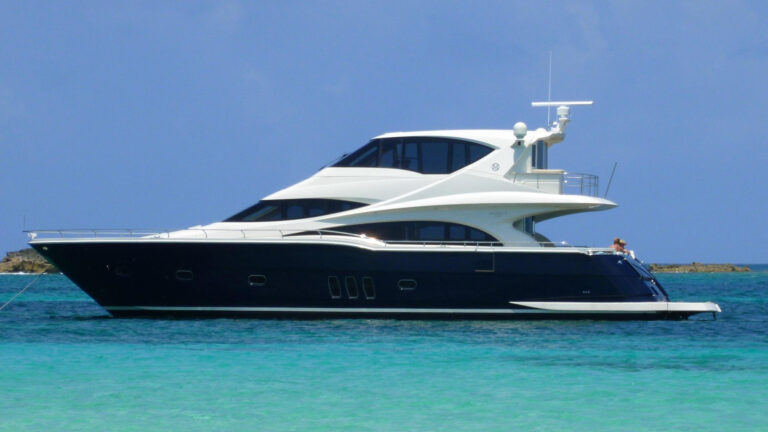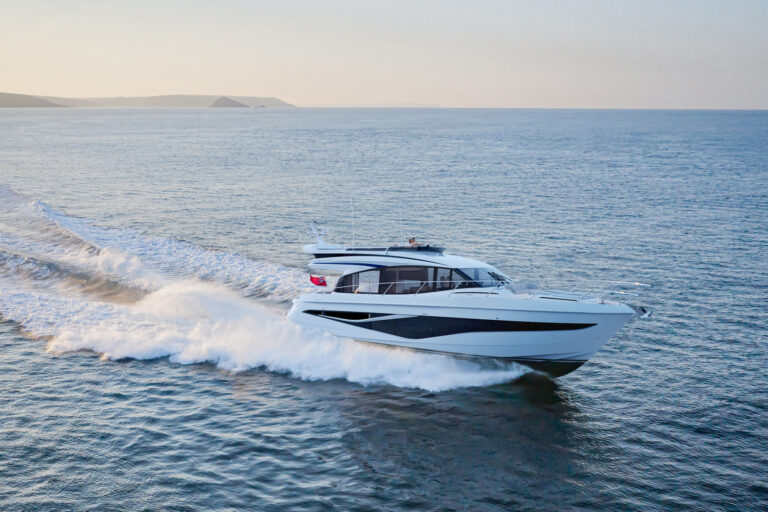During the past year or so, over the course of many boat tests, I’ve compiled a short list of design solutions that either caught my eye or were nits worth picking. It’s the sort of stuff I notice after 40 years of boating and more than 20 years of yacht design. It is with this perspective that I offer my recent observations on systems design.
Since Anhinga, my 37-foot Bertram, is in the yard recovering from a stroke (of lightning), I have been tending to her vitals, giving her systems and my scraped appendages a good deal of attention. The experience has been something of an epiphany, for while her machinery space is generous given her LOA, it is a product of when she was born: the 1980s. To move fore and aft, for example, you must negotiate a web frame, wade through bilge water and navigate past transducer tanks-remember them? My, we’ve come a long way.
These days, most production boat enginerooms I traverse have dry soles and are finished to a level that would have been considered custom not so long ago. Dripless stuffing boxes and sumps for assorted drips such as air-conditioning condensation make wet bilges a stale memory. While big horsepower has made machinery space dear, bright florescent lighting helps you spot bumps in the road. To relieve congestion, designers and machinery manufacturers have learned to centralize service points. Still, there is work to be done.
Today, most designers and builders recognize that engineroom ergonomics can make or break a sale. Exterior, rather than interior, engineroom access is now common on sportfishermen such as Anhinga. This keeps the crud in the cockpit, where it belongs. Stowage for tools and spare parts is becoming more common, and one boat I visited even had a molded recess in the engineroom entryway for a flashlight and ear protection, a nice touch.
While modern marine wiring is generally neat, seeing is believing. I prefer carefully bundled, properly secured looms to the sins that may lurk within a plastic conduit. Lighting the backside of the electrical panel is helpful, and so are detailed wiring schematics, an area to which some builders could devote more attention. New freshwater piping and manifold schemes allow Mom to shower while Dad fixes the sink.
On some designs, a reduction in the number of tanks has made fuel management a bit less flexible but far less complicated-a reasonable compromise. One sportfisherman I took for a sea trial had a conventional fuel-fill system and a fill cap on the top of the cockpit tank for sounding (measuring fuel) or fuel replenishment with a cockpit fuel bladder or drum. This feature is great for those who fish afar.
I am hopeful that fuel-vent recovery systems (I prefer the term “burp tanks”) will become more common. The concept is simple: The fuel vent spits into a small recovery tank that drains into the main tank. This benefits your wallet and our environment.
I will go on (stay tuned), but space this month does not allow me to. Clearly, the marine industry has not been sitting on its hands for the past 10 years. Well done.









